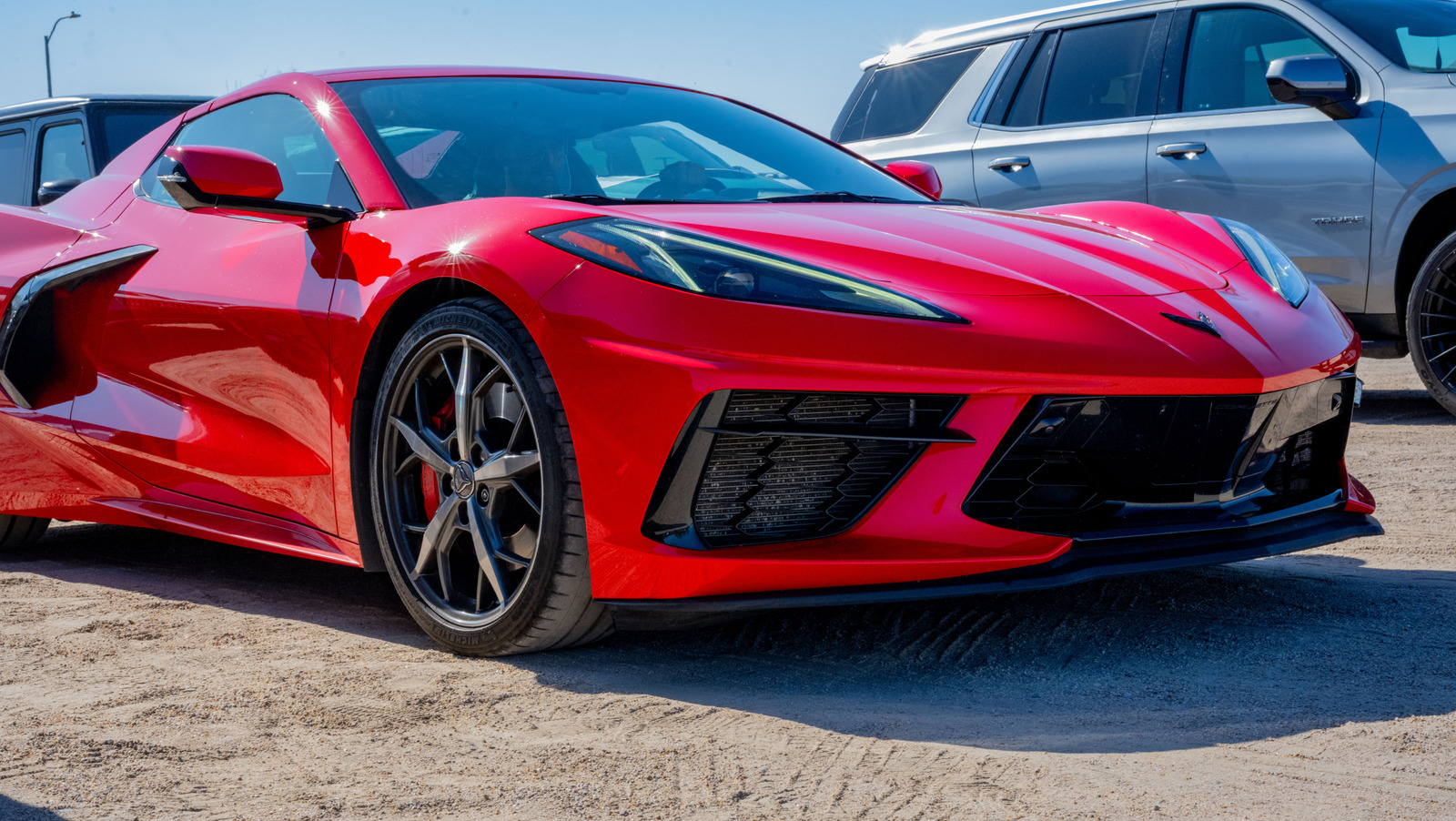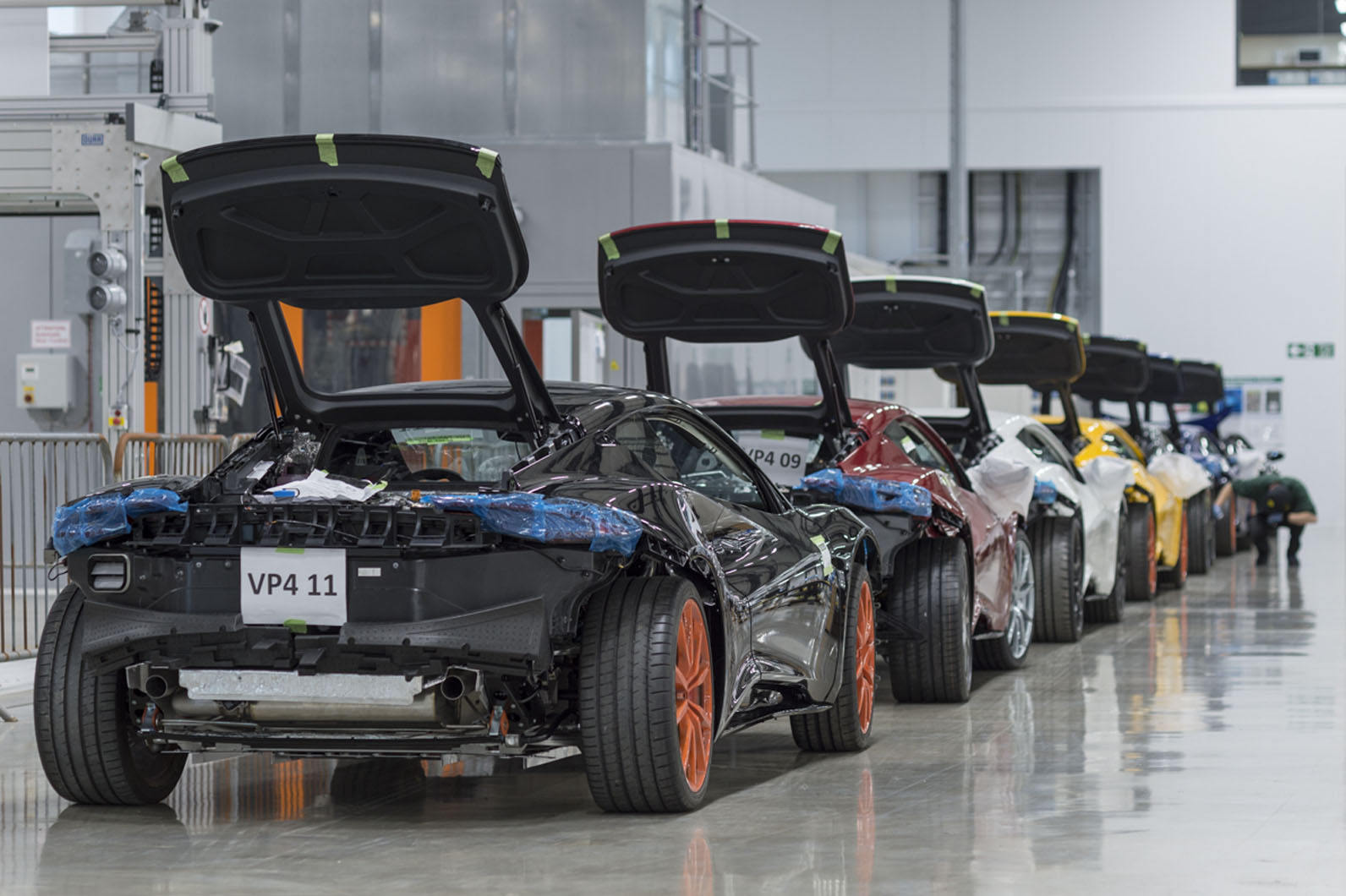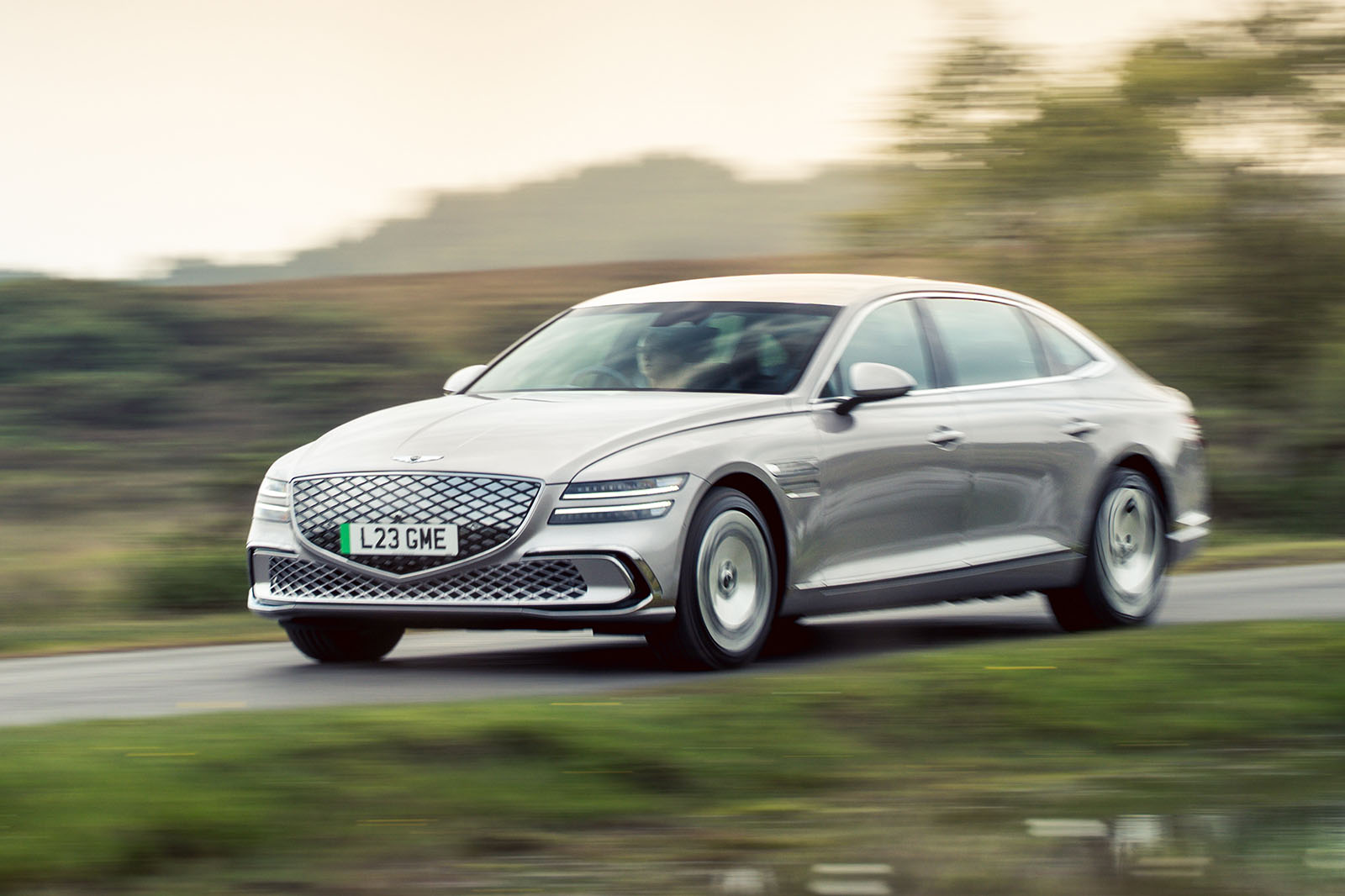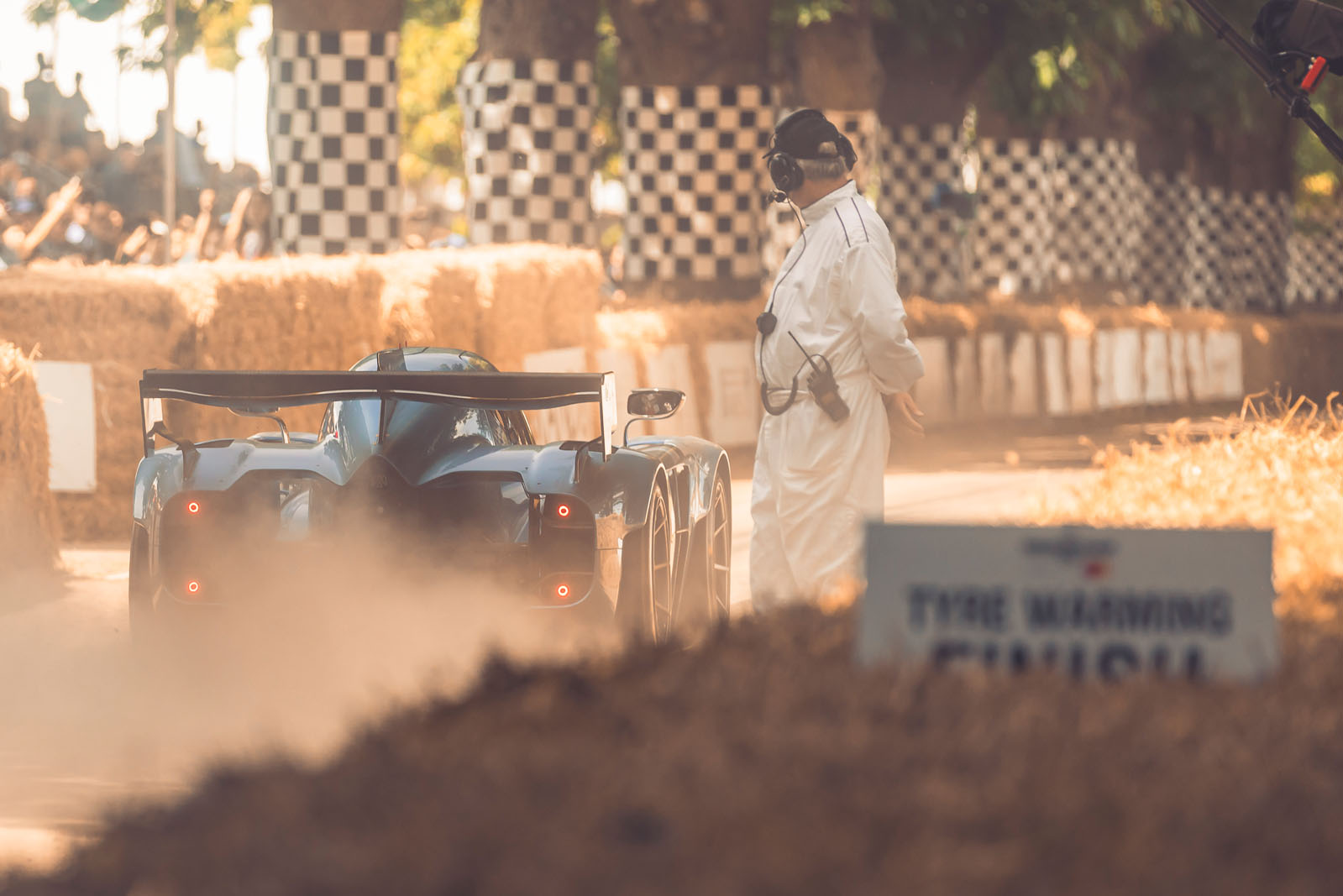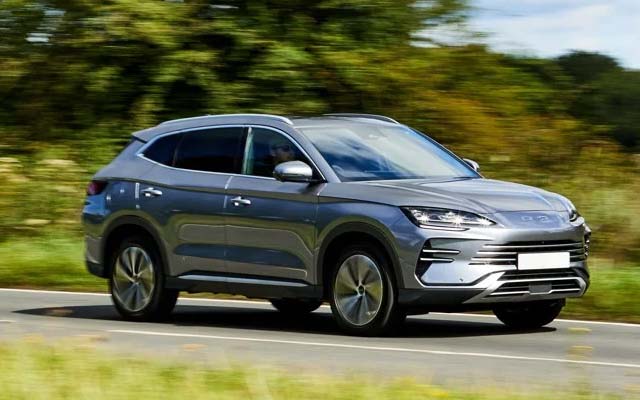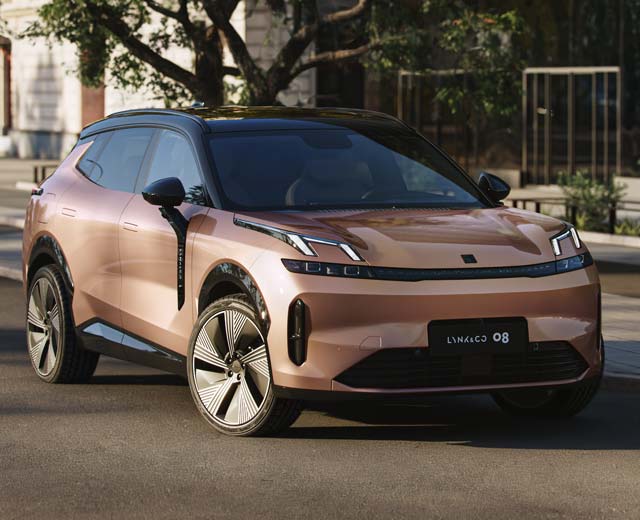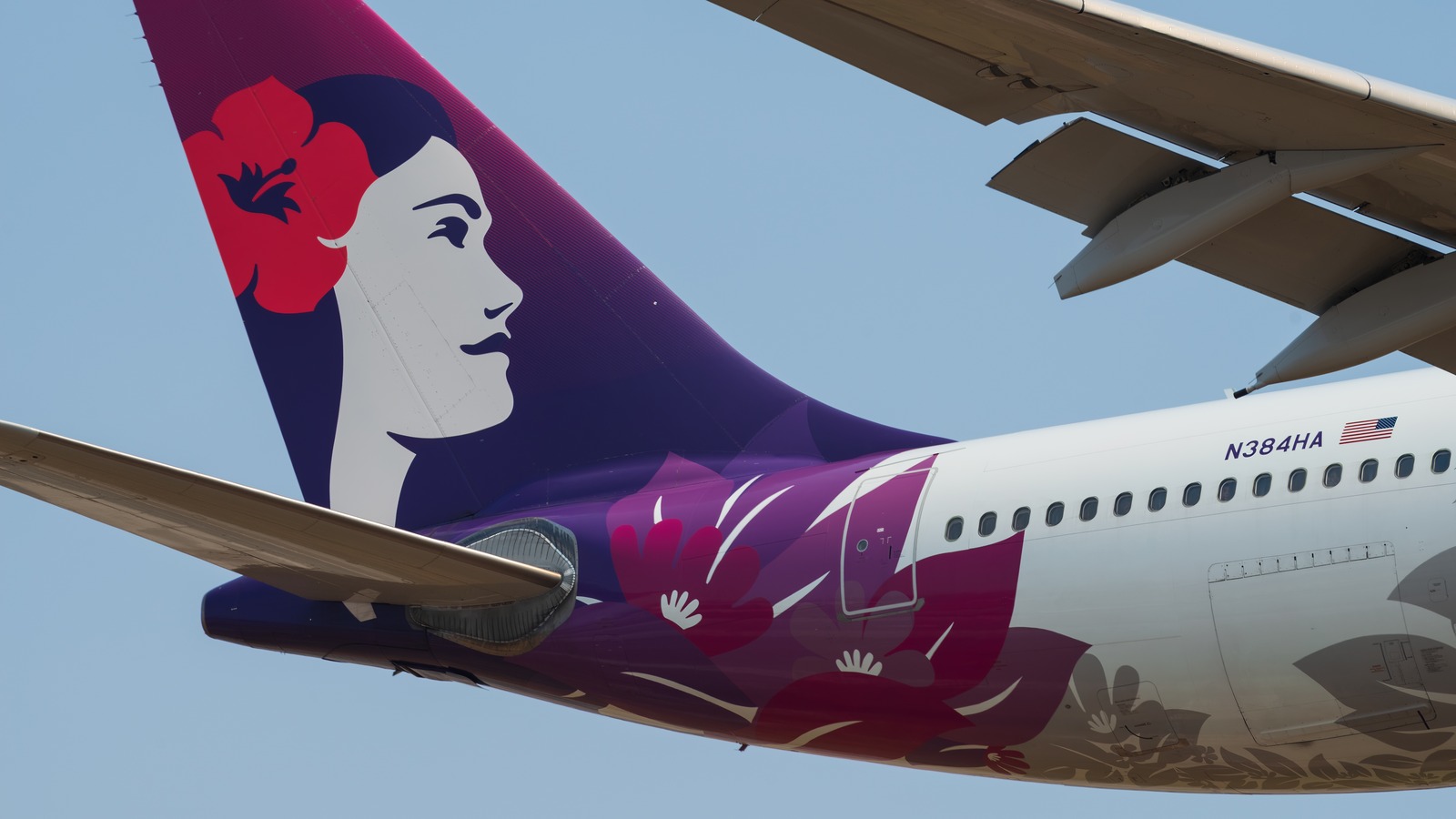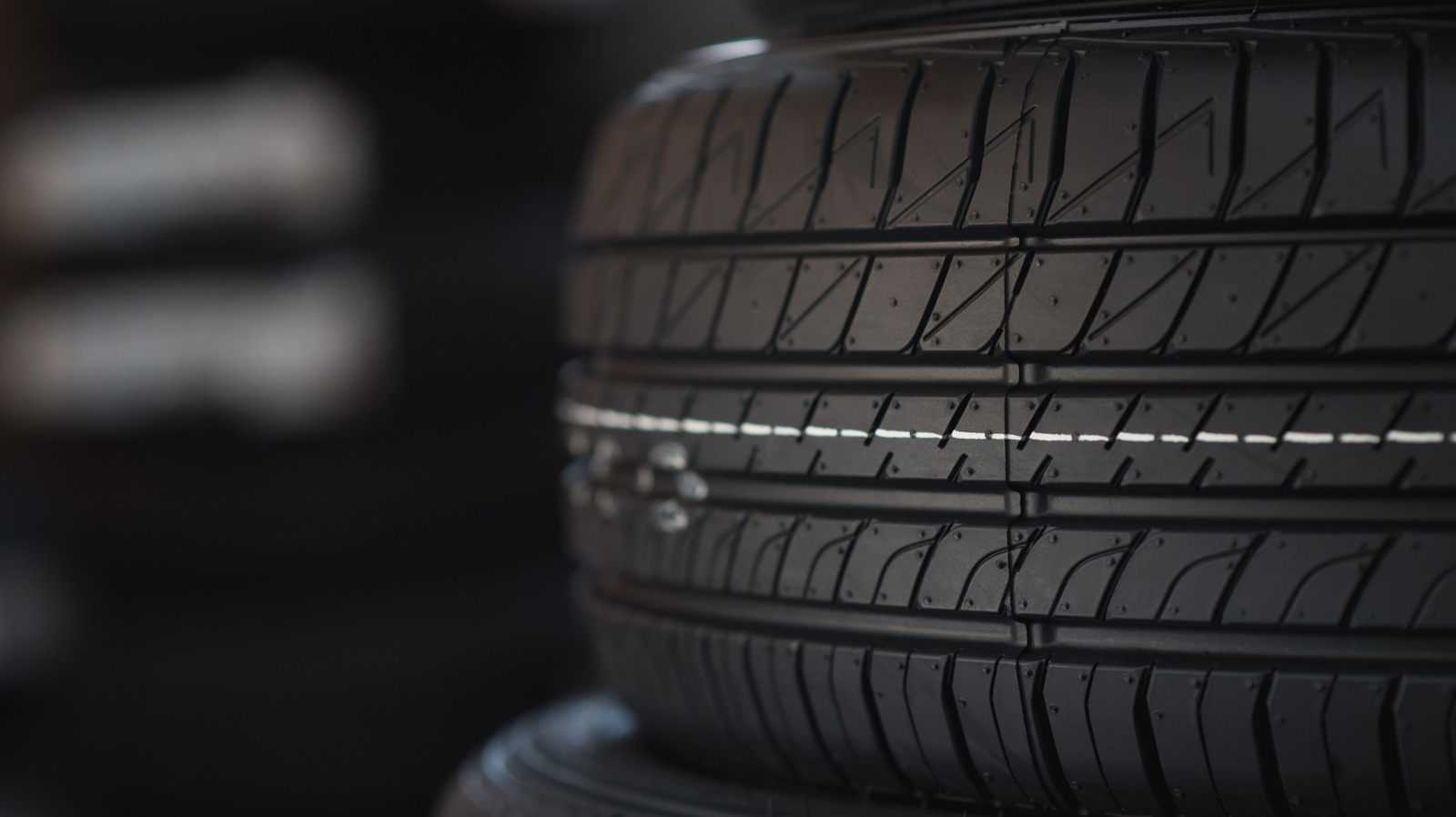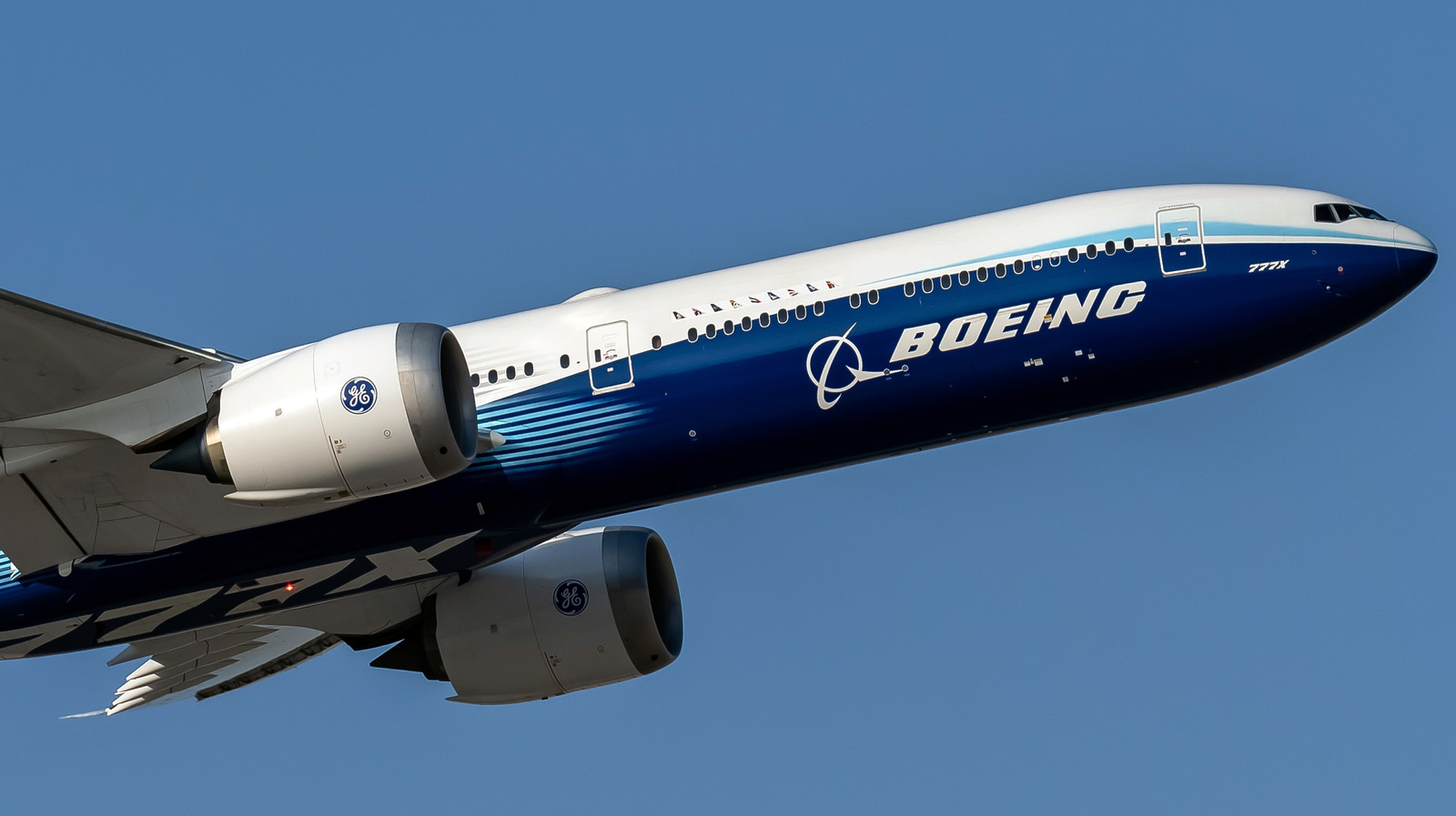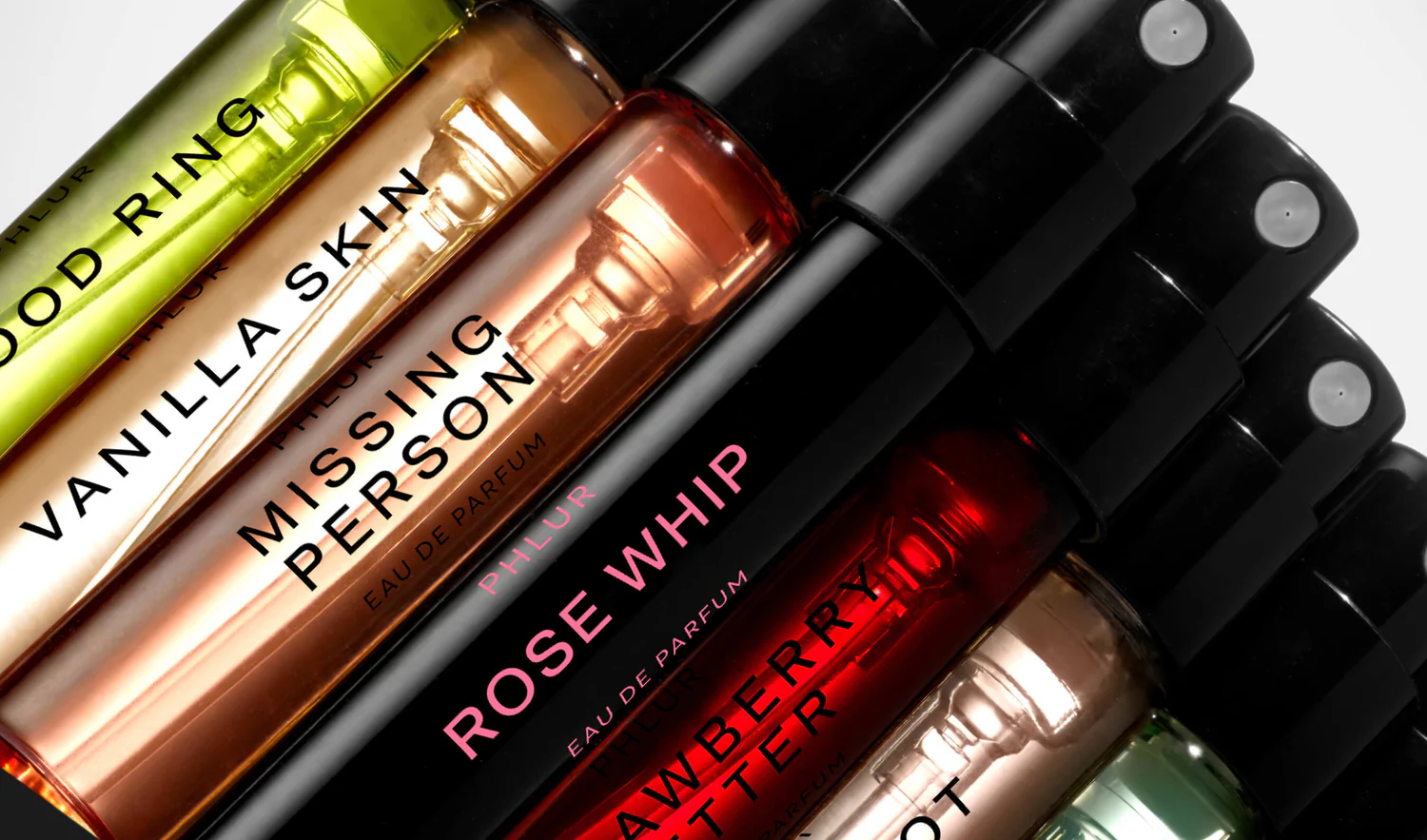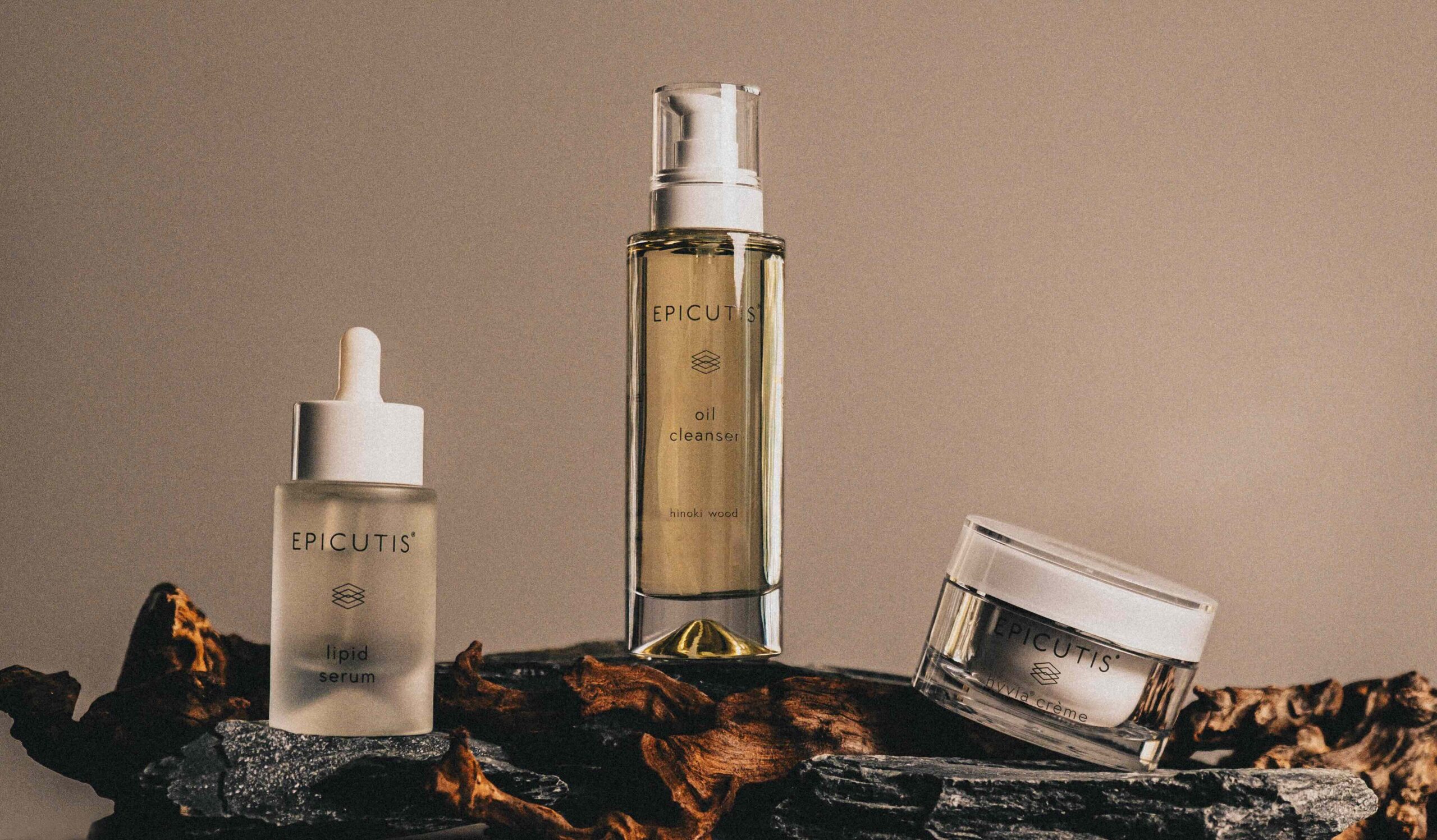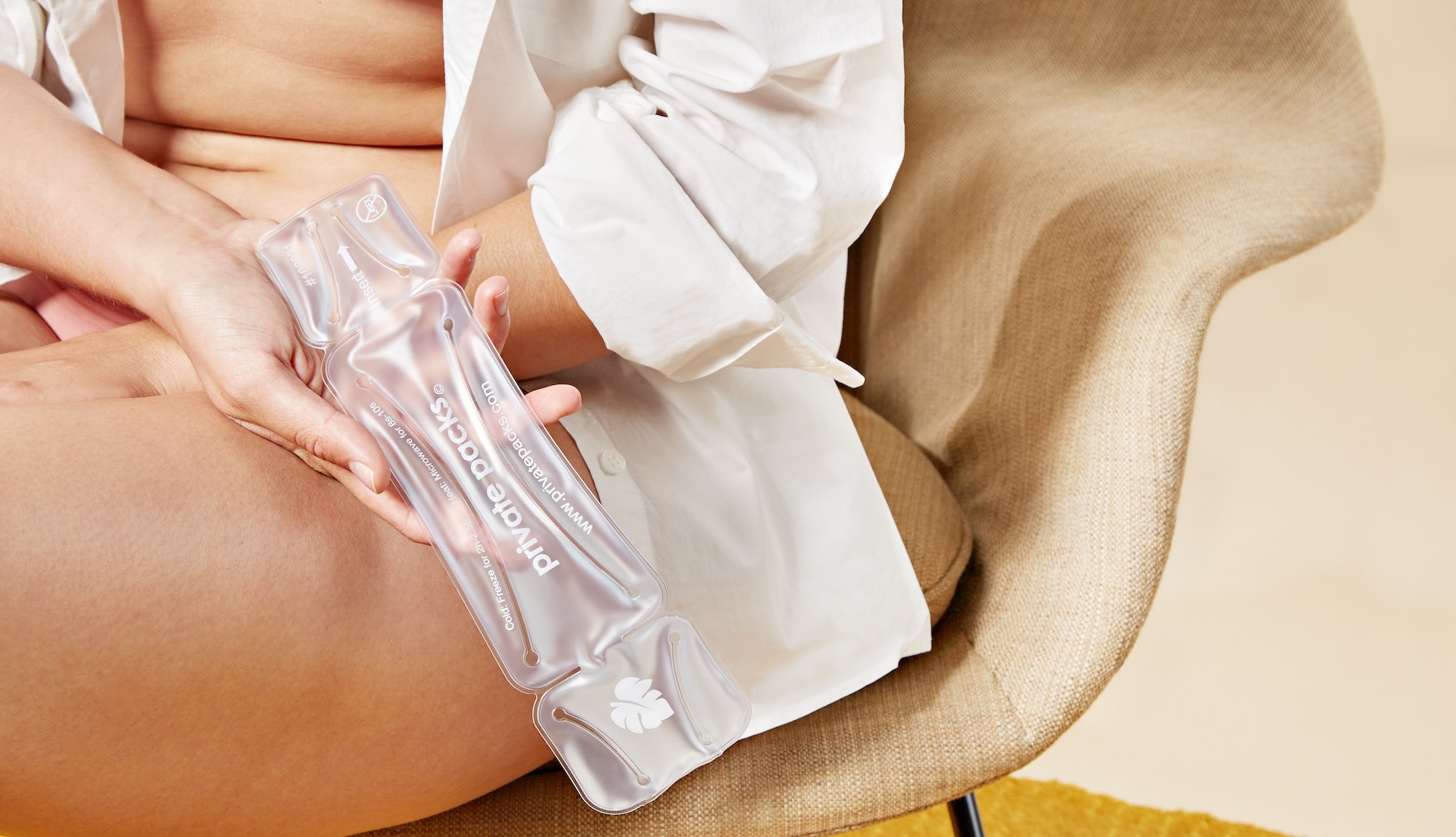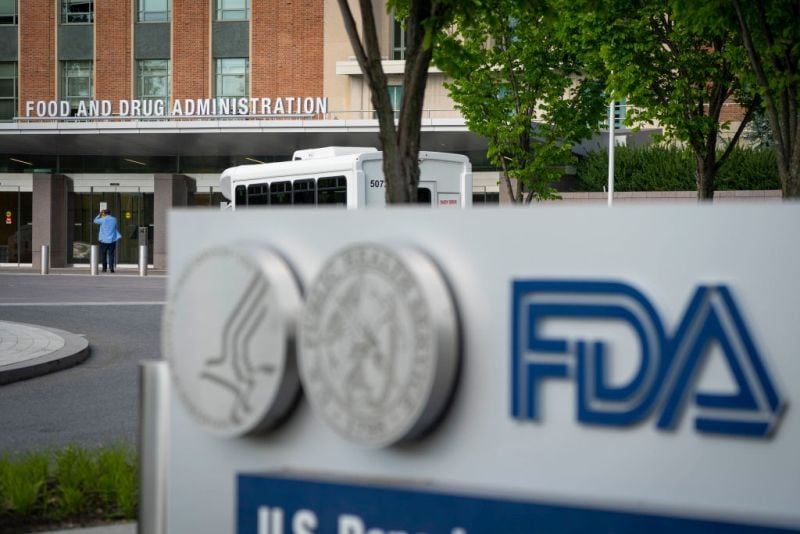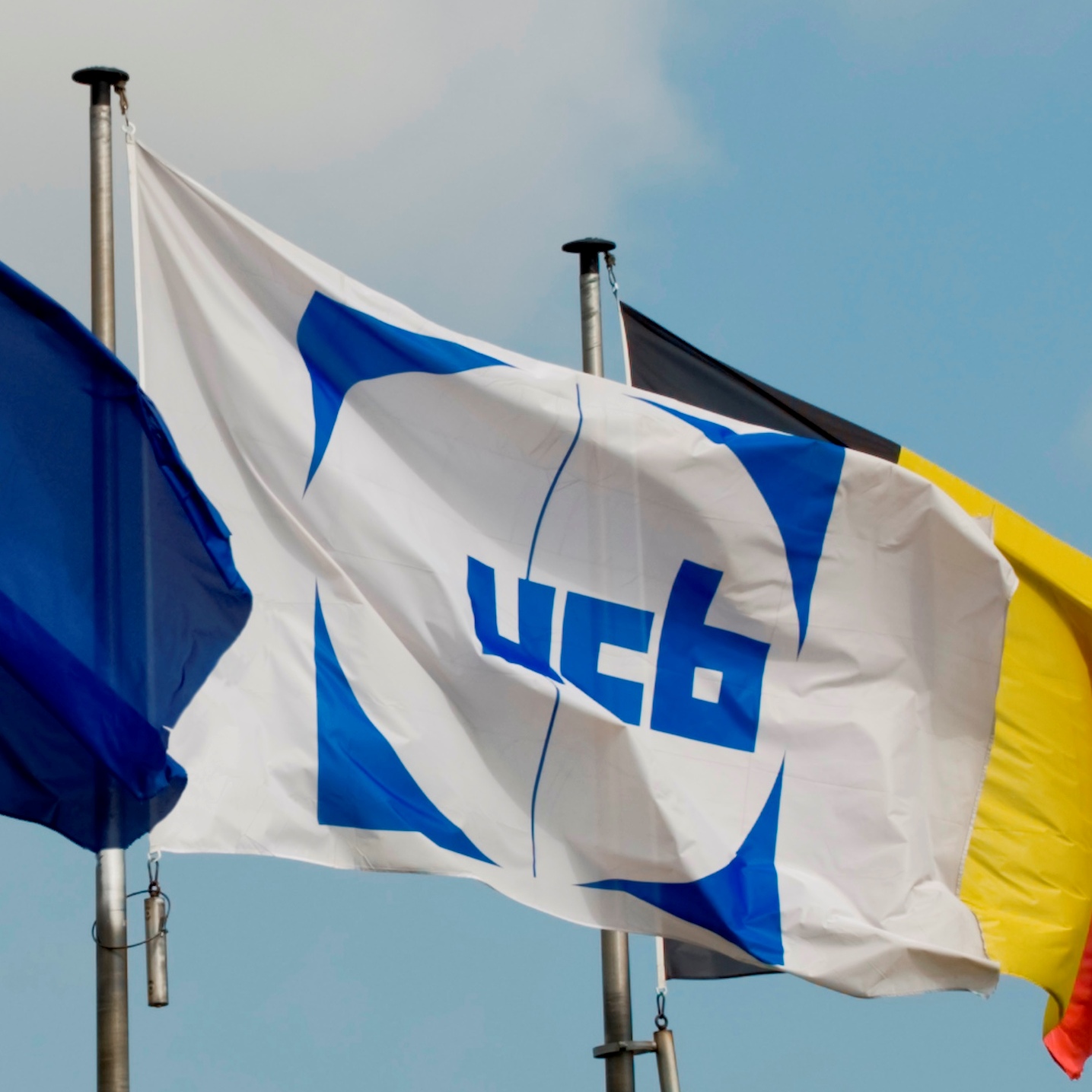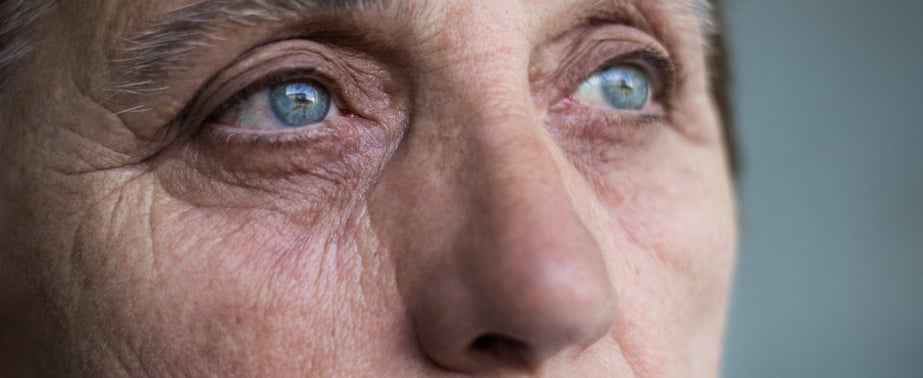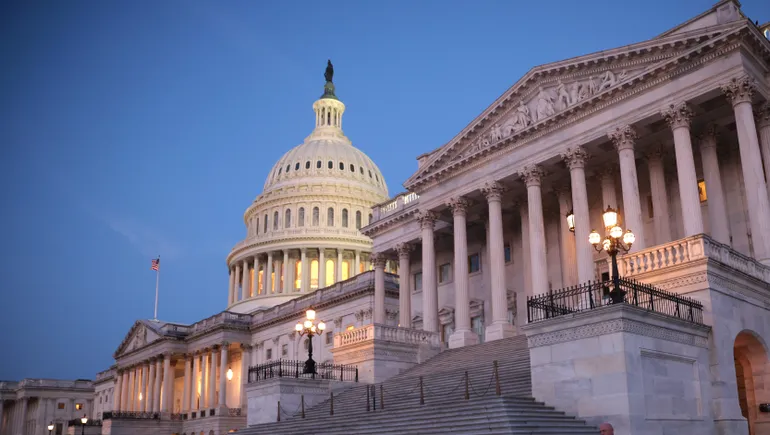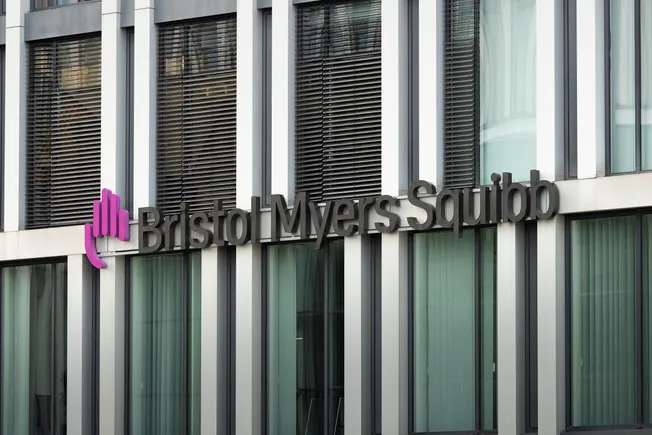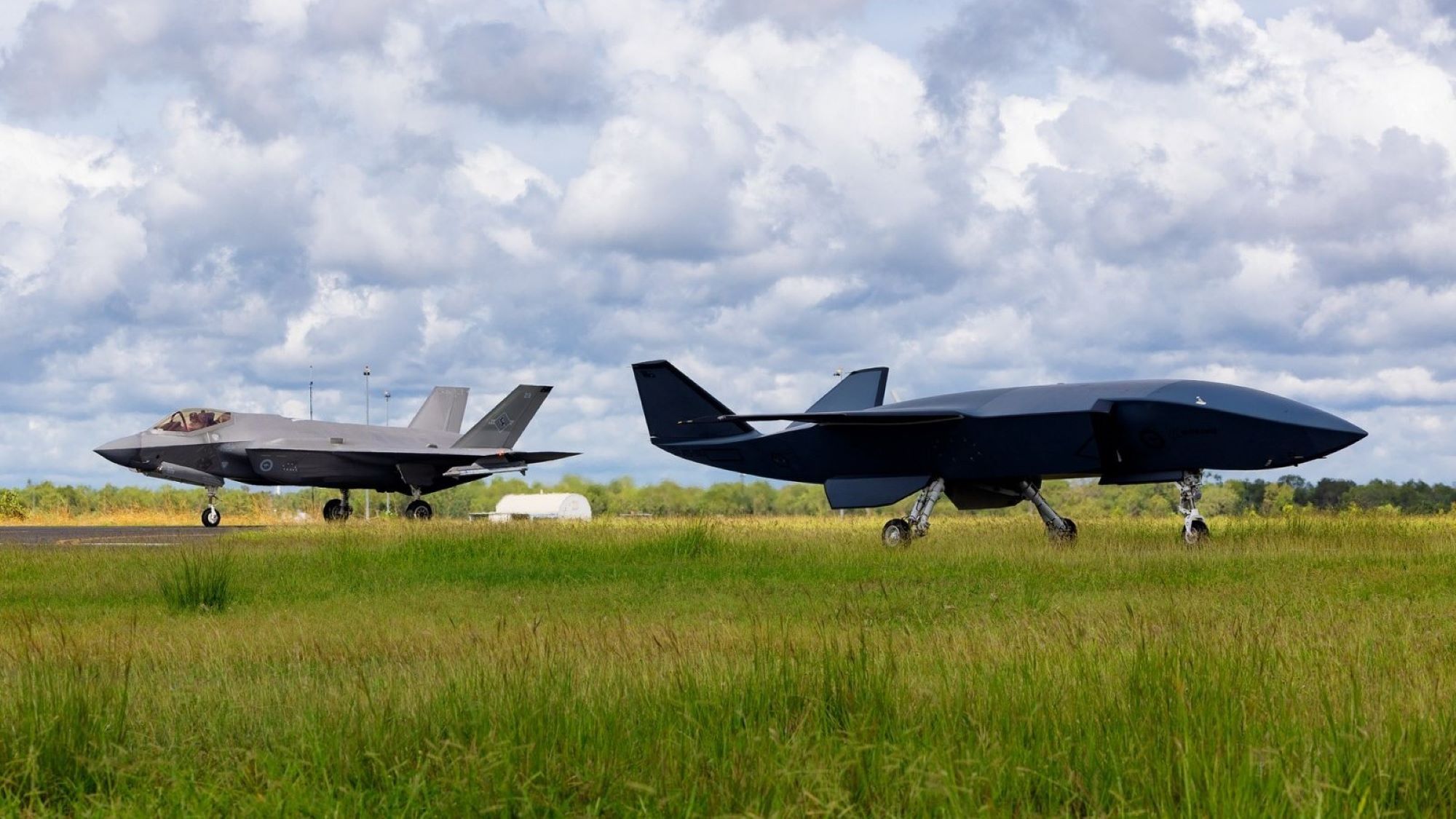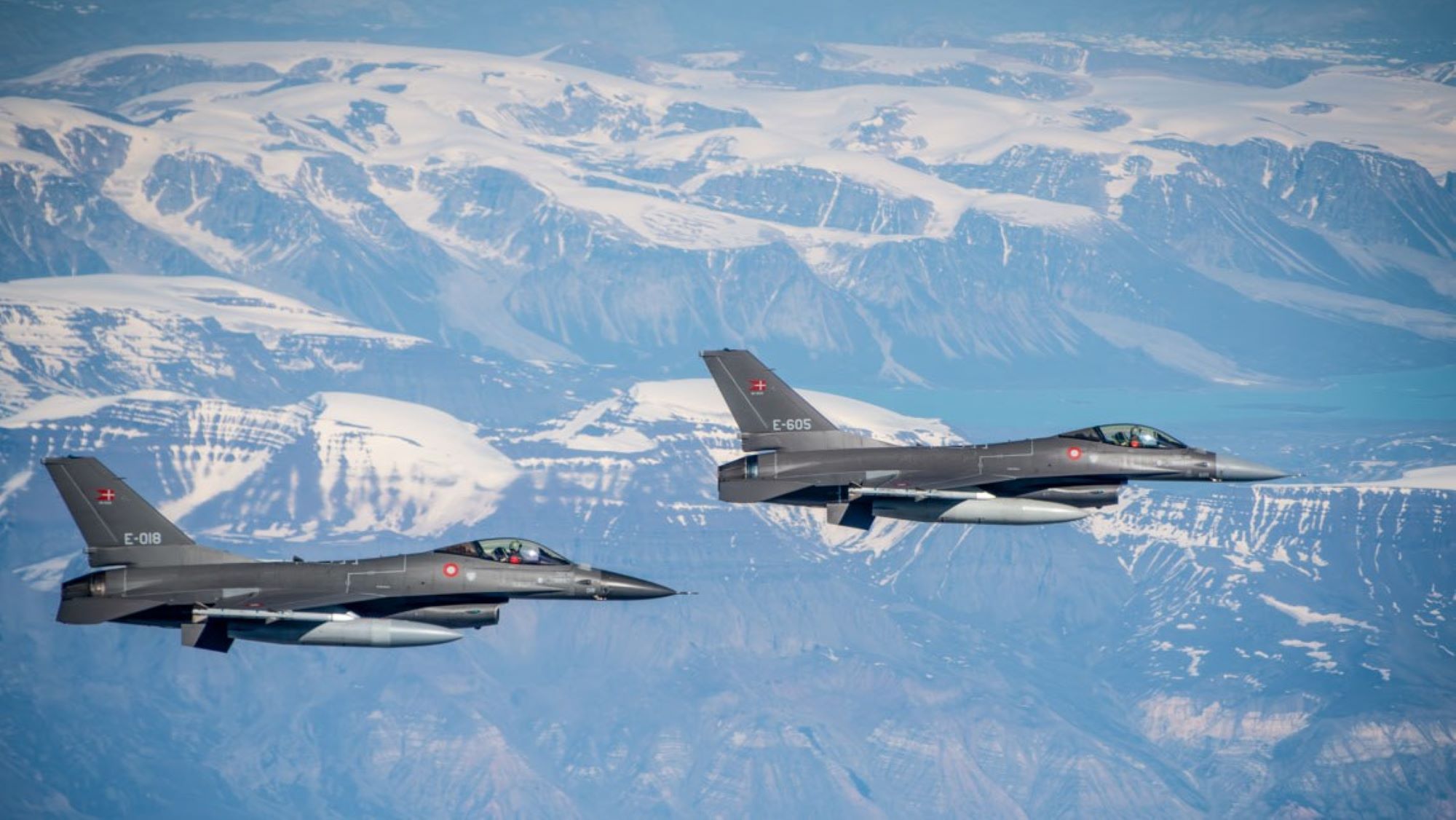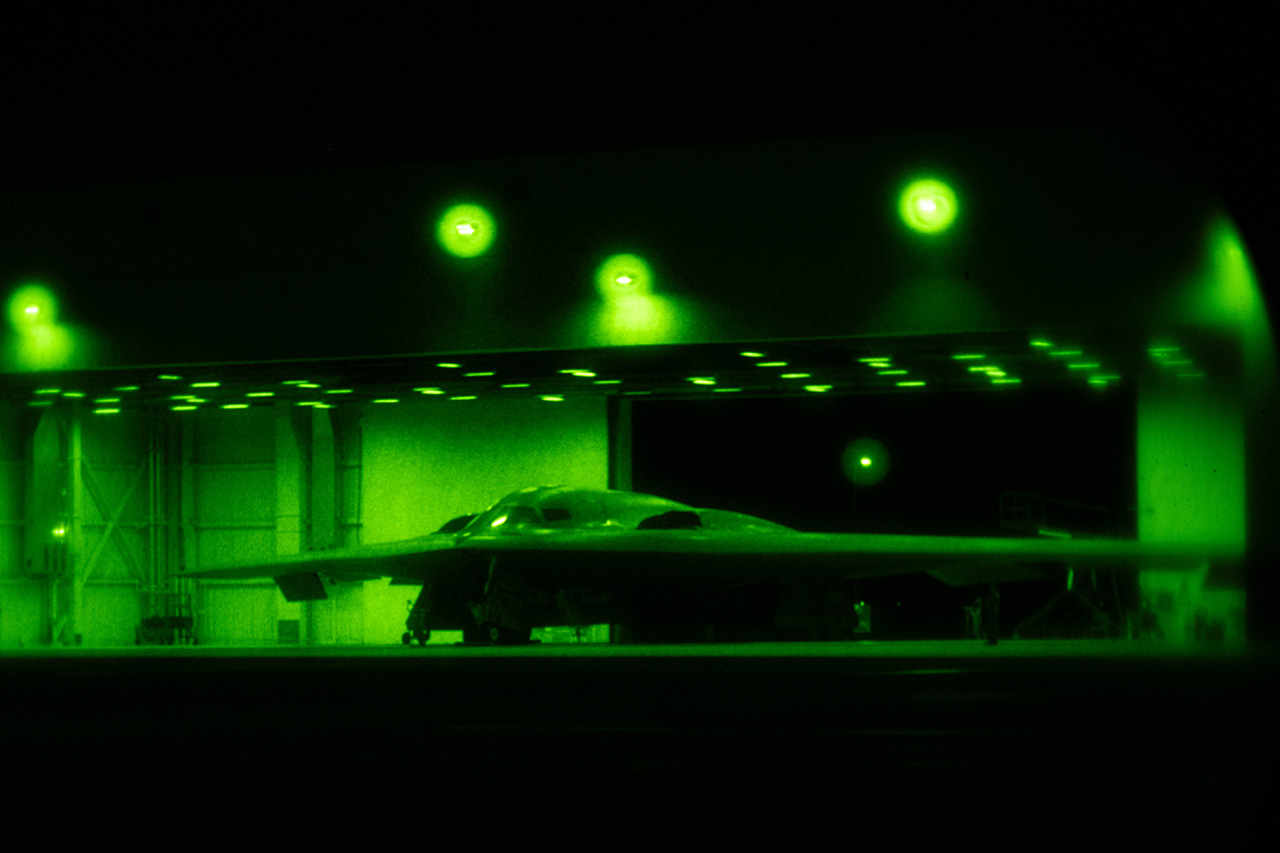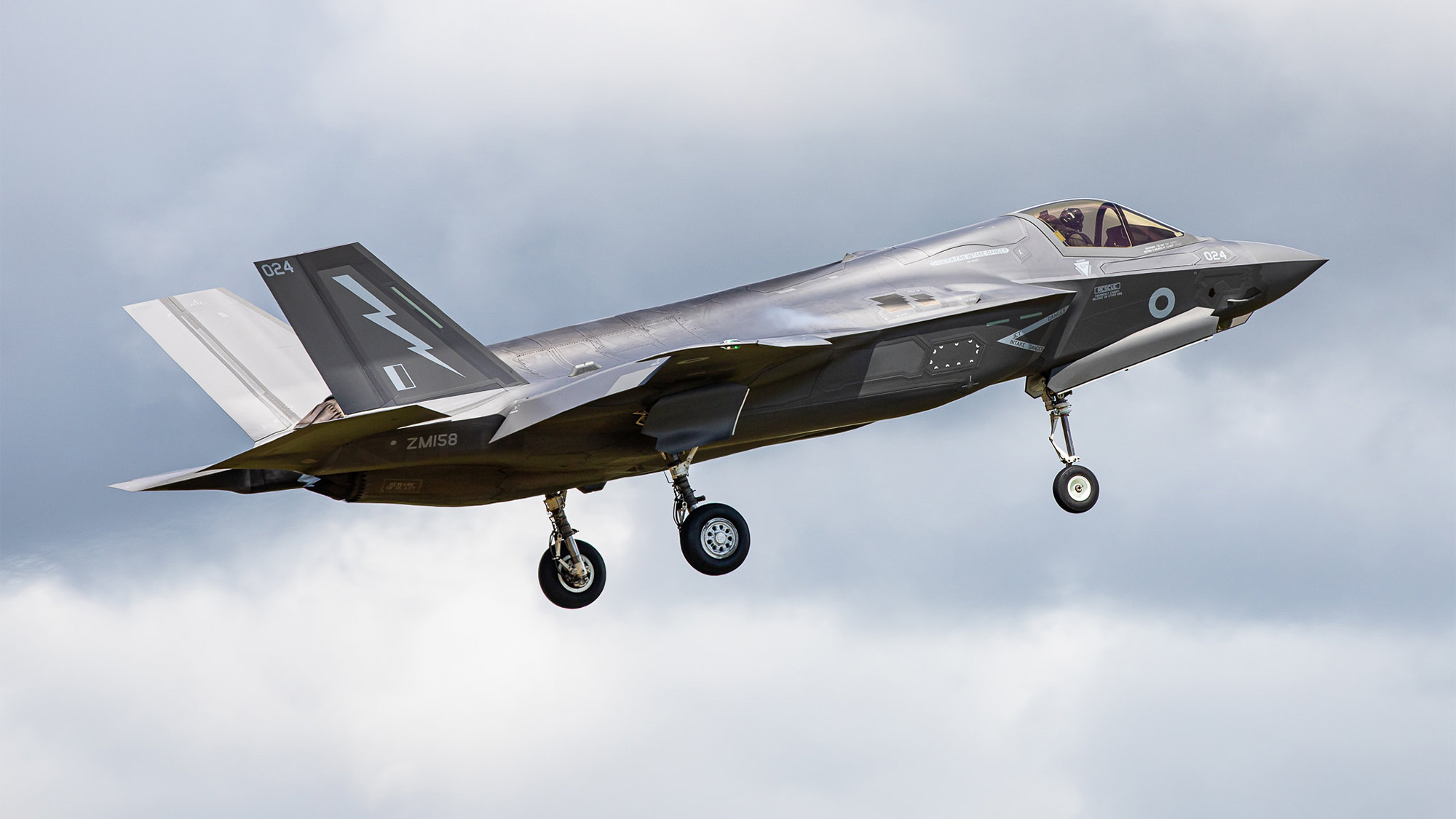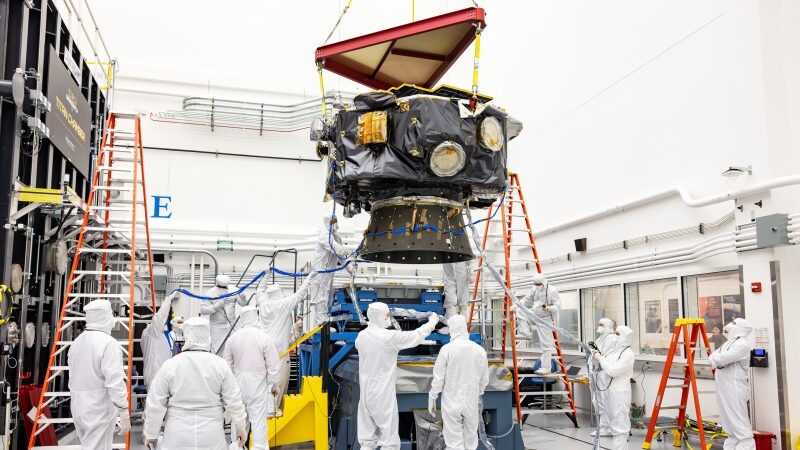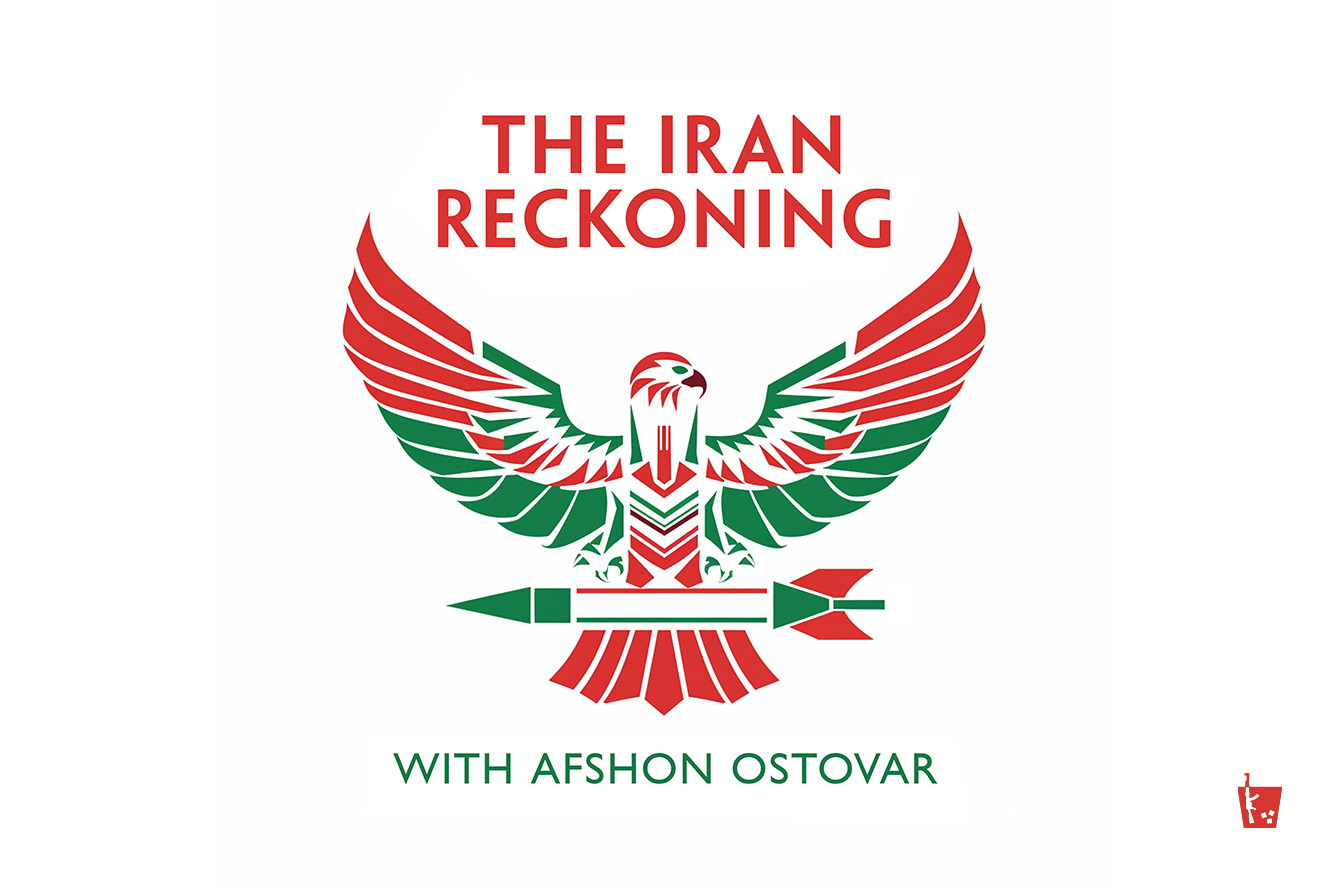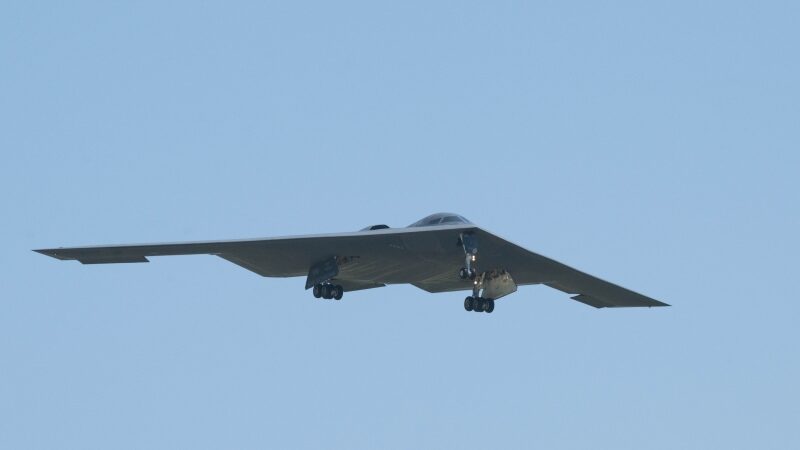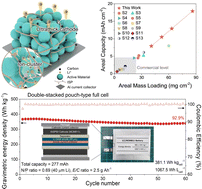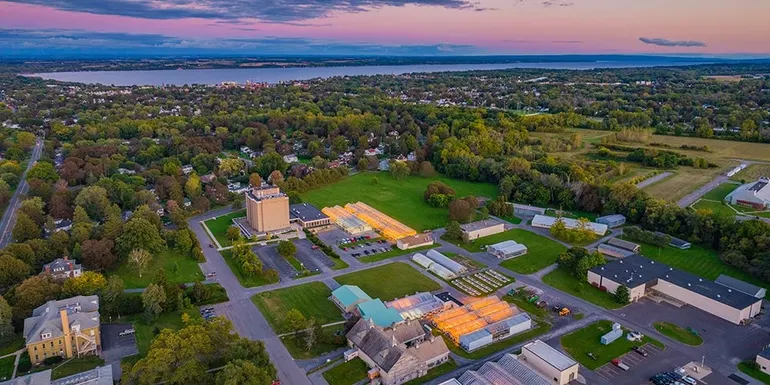Why new wellness-branded energy drinks have health experts worried
The $22 billion energy drink industry is tapping into the aesthetics of health and wellness to reach new demographics and continue its exponential growth.

The energy drink cans are the colors of a tropical beach sunset — aqua and tangerine and neon pink — so they really pop when lined up for fridge organizing shots on TikTok. They’re sugar-free but come in summery dessert flavors like Sherbet Swirl. On social media, the drinks are brandished by members of an official collegiate ambassadors program, gymnasts and cheerleaders whose dewy complexions suggest they’ve never had a hangover or slept through their alarm after a late-night study session.
Alani Nu, which was founded in 2018 by fitness influencer and coach Katy Hearn and acquired by competitor Celsius for $1.8 billion this spring, has styled itself as the nectar that fuels today’s effortlessly high-achieving, hummingbird-like young woman. (You can imagine Margot Robbie cracking open a can in the “Barbie” movie, just before her character experiences an existential breakdown.) Its success shows how the $22 billion energy drink industry, long dominated by labels like Monster and Red Bull that use extreme sports swagger to appeal to young men, is tapping into the aesthetics of health and wellness to reach new demographics and continue its exponential growth.







